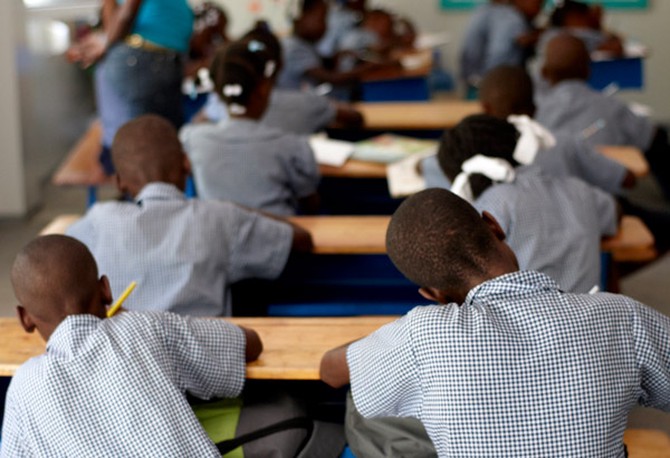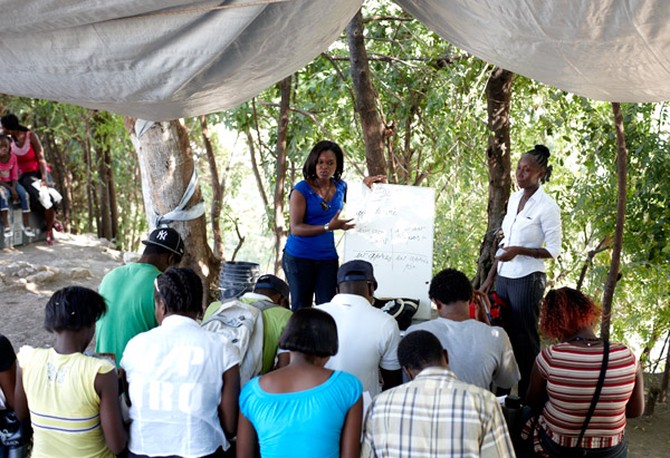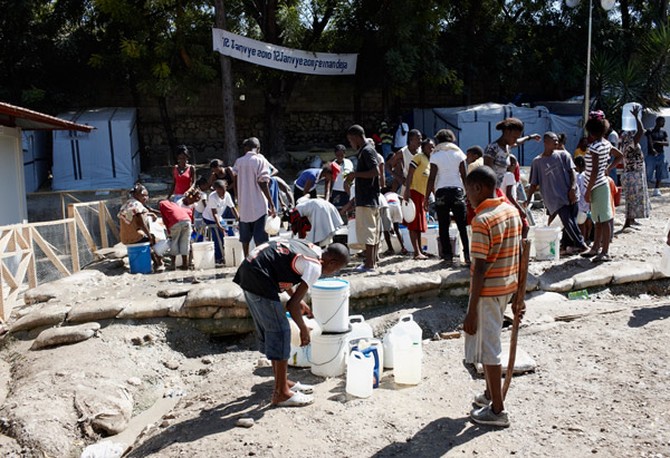Scenes from J/P HRO's Haitian Tent Camp
Oprah visits a Haitian tent camp established by Sean Penn's organization after the 2010 earthquake. Take a tour for yourself.
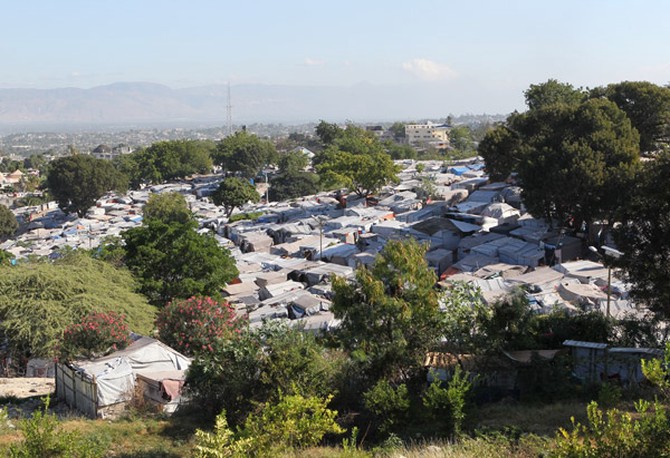
Photo: George Burns/Harpo Studios
On January 12, 2010, a 7.0 magnitude earthquake hit Haiti. In an instant, more than 1 million Haitians were left homeless, with little more than the clothes on their backs and torn sheets from their beds for shelter.
Six days later, actor and humanitarian Sean Penn hired a private jet, filled it with doctors, pain medication and antibiotics, and flew to Haiti for what he thought would be a two-week relief effort. At the time, people sought shelter in any open space.
Tens of thousands living in the destroyed Pétitionville neighborhood set up makeshift camps on what was then a privately owned golf course. Sean convinced the government and golf course owner to allow him to take over the camp.
Two years later, Sean Penn is still knee-deep running the nongovernmental organization he called J/P Haitian Relief Organization, known as J/P HRO. The organization manages the tent camp, where originally 60,000 people had been living when Sean first arrived.
Six days later, actor and humanitarian Sean Penn hired a private jet, filled it with doctors, pain medication and antibiotics, and flew to Haiti for what he thought would be a two-week relief effort. At the time, people sought shelter in any open space.
Tens of thousands living in the destroyed Pétitionville neighborhood set up makeshift camps on what was then a privately owned golf course. Sean convinced the government and golf course owner to allow him to take over the camp.
Two years later, Sean Penn is still knee-deep running the nongovernmental organization he called J/P Haitian Relief Organization, known as J/P HRO. The organization manages the tent camp, where originally 60,000 people had been living when Sean first arrived.
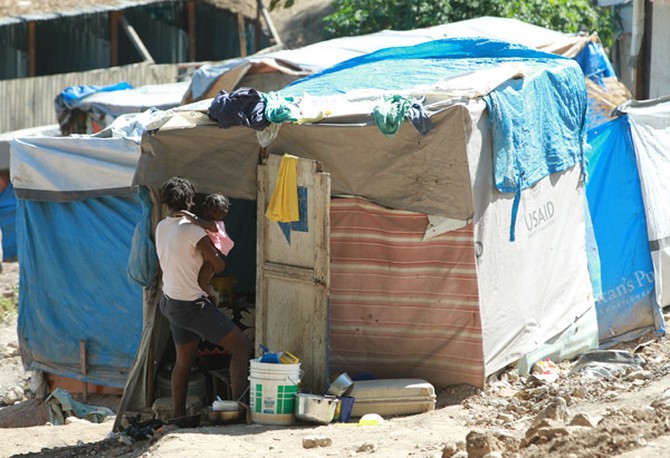
Photo: George Burns/Harpo Studios
In Haiti, about 500,000 people still live in makeshift camps like these.
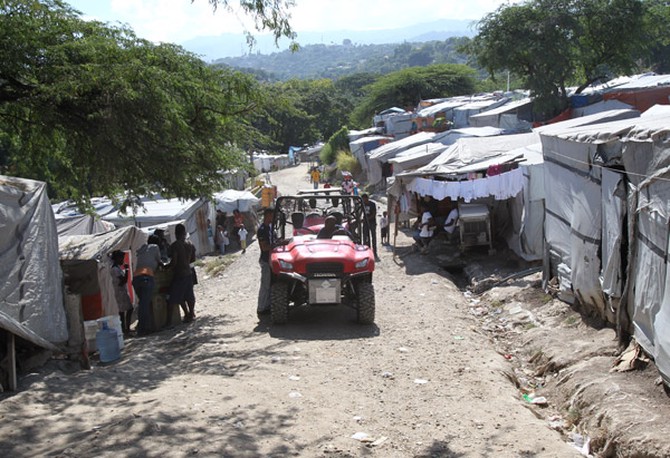
Photo: George Burns/Harpo Studios
Today, approximately 20,000 people live in the J/P HRO camp.
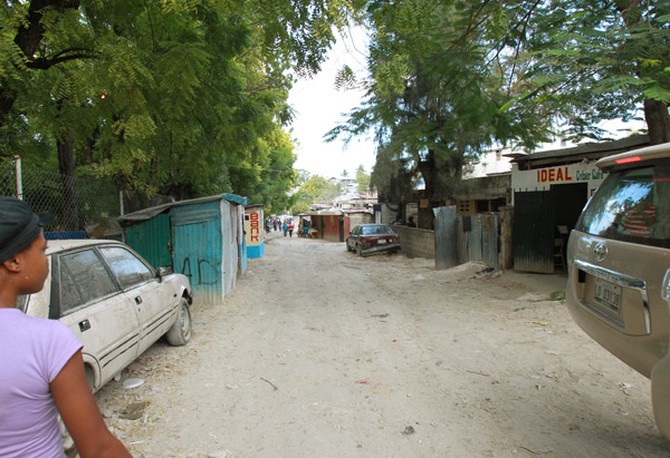
Photo: George Burns/Harpo Studios
The goal for J/P HRO is self-sufficiency. Their focus is to help people out of the tents and into permanent housing and a steady source of income.
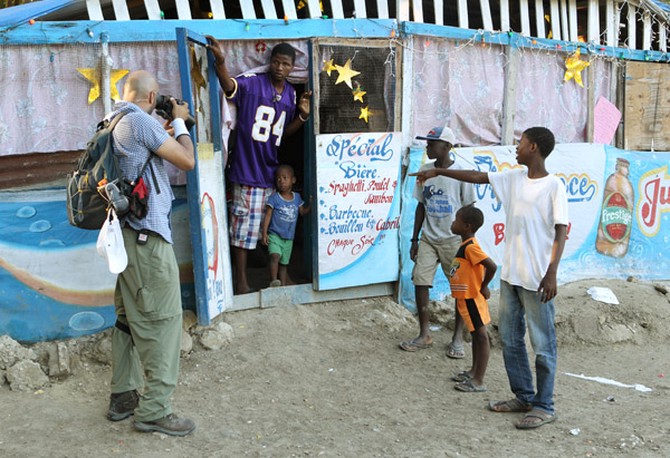
Photo: George Burns/Harpo Studios
The J/P HRO camp spans 56 acres and has become a little city unto its own. There are local merchants, a thriving church and even a makeshift bank.
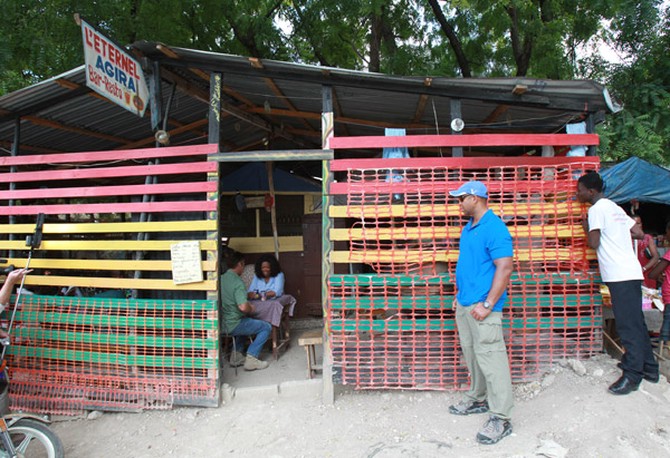
Photo: George Burns/Harpo Studios
Camp residents have built a robust market to trade food and other basic goods. There is a bar/restaurant, where Oprah and Sean stopped for a soda.
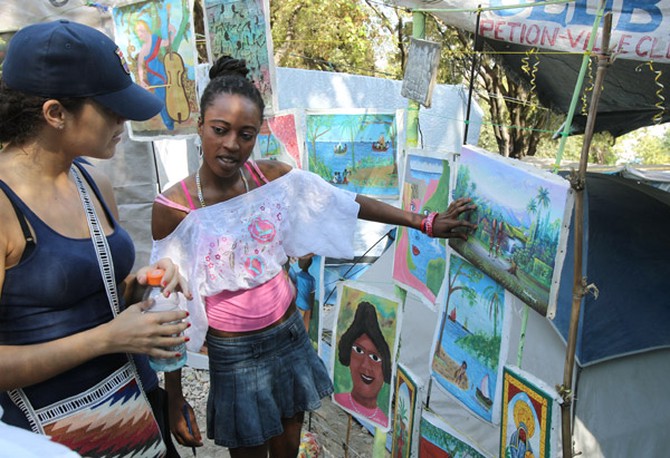
Photo: George Burns/Harpo Studios
Local artists also sell their work.
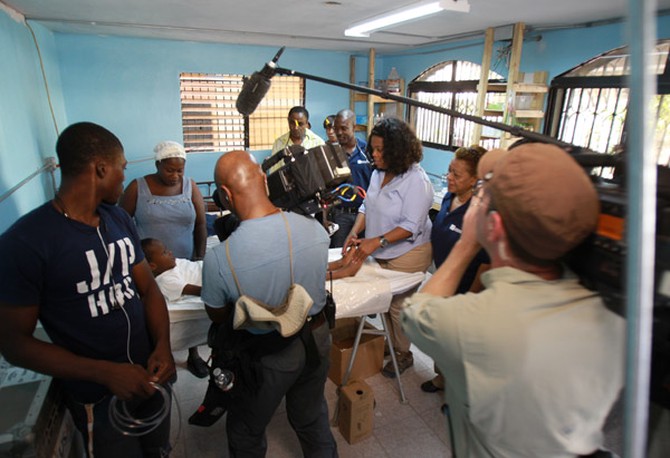
Photo: George Burns/Harpo Studios
J/P HRO runs and supplies free 24/7 medical care, including a maternity ward. During Oprah's visit, she and Sean stopped in to meet patients.
Sean and J/P HRO also set up a free school in camp for nearly 500 children, from grades one through six. It's called the School of Hope. Here, students run around outdoors during recess.
Education is important to Haiti as a nation. Parents spend an average of 45 percent of their annual income on education.
Here, the kindergarten classes learn about hurricane preparedness from one of the J/P HRO camp management team members.
Here, a woman named Esmeralda Doublette discusses employment opportunities with a group of women in camp.
To build independence, those who live here pay about 8 cents a bucket for clean water.
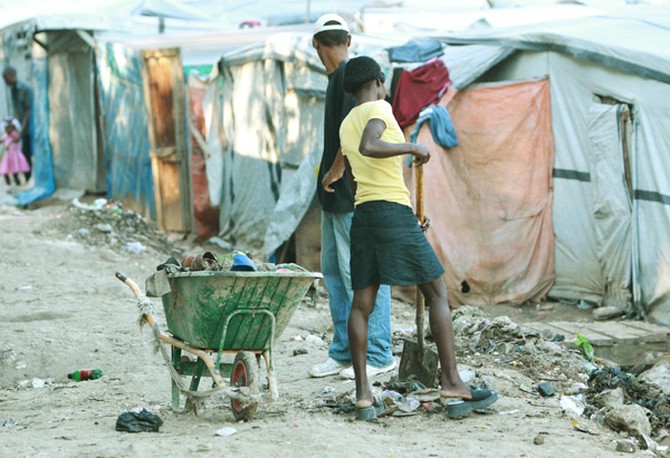
Photo: George Burns/Harpo Studios
When more space clears, it means that more families have been moved into new homes outside of the Pétitionville camp.
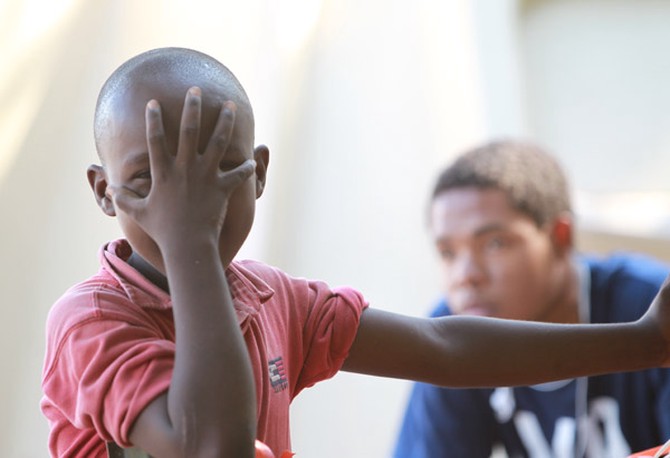
Photo: George Burns/Harpo Studios
Since the earthquake struck, J/P HRO has relocated an astonishing 40,000 people to stable housing.
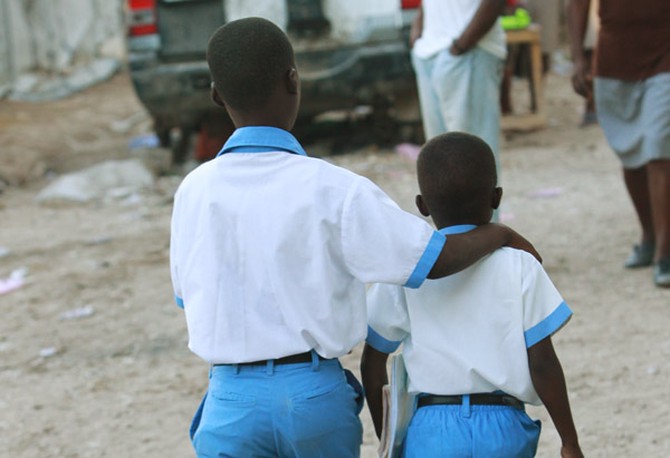
Photo: George Burns/Harpo Studios
Want to learn more about J/P HRO? Visit JPHRO.org for more information. To donate, visit the site or text JPHRO to 41010 to give a $10 donation (United States and Canada only).
Published 01/29/2012
Please note that Harpo Productions, Inc., OWN: Oprah Winfrey Network, Discovery Communications LLC and their affiliated companies and entities have no affiliation with and do not endorse those entities or websites referenced above, which are provided solely as a courtesy. Please conduct your own independent investigation (including an investigation as to whether any contributions are tax deductible) before donating to any charity, project or organization. This information is provided for your reference only.


